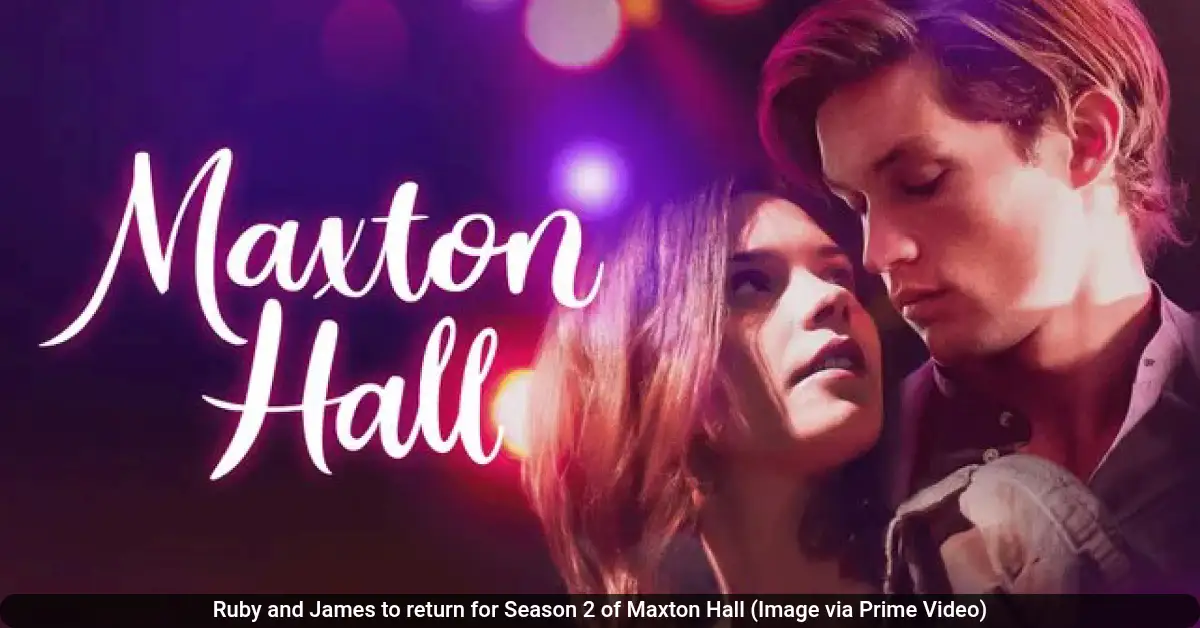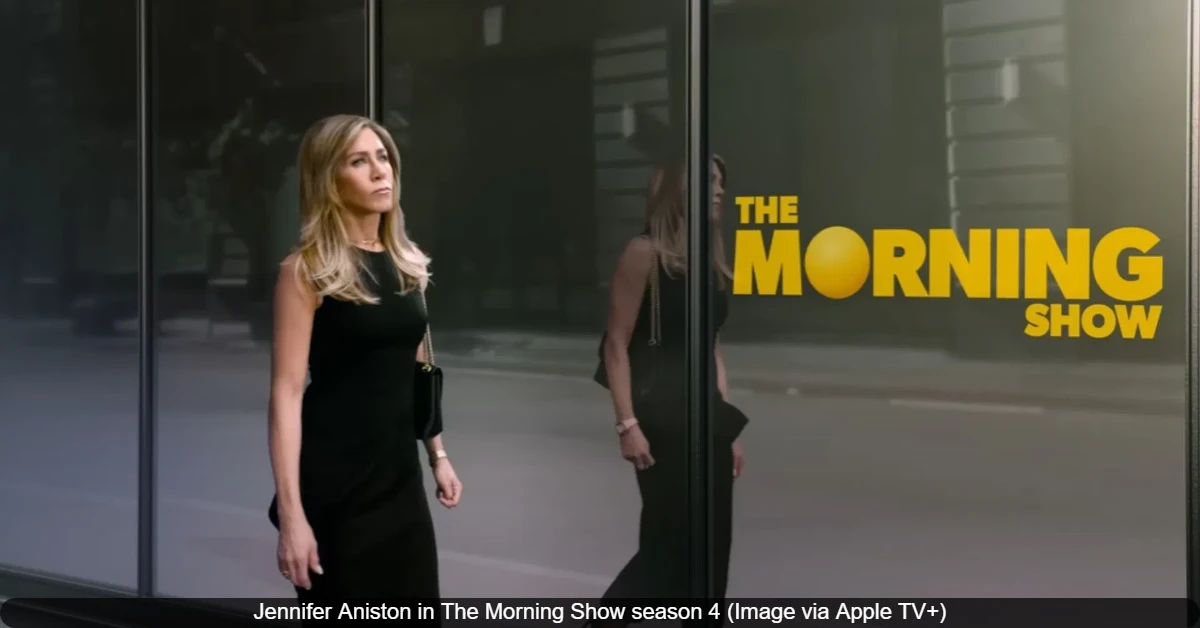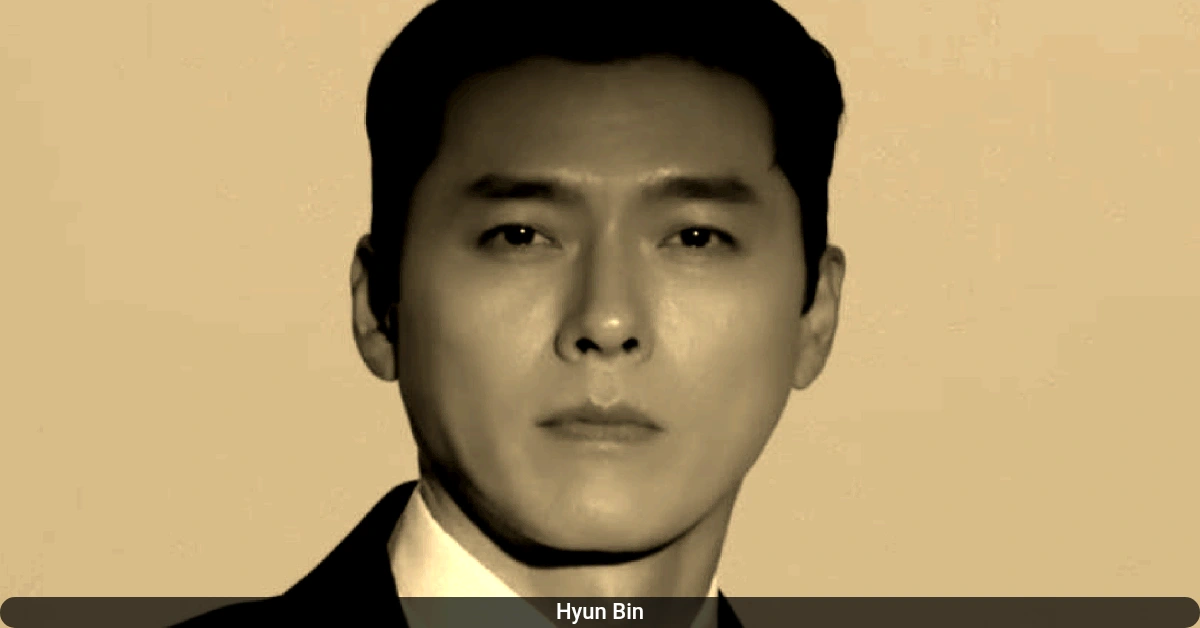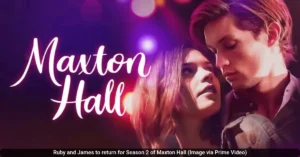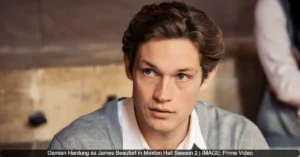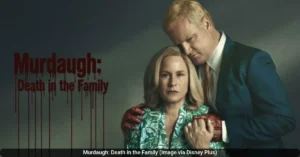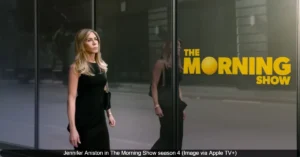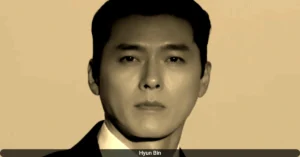The second season of Maxton Hall — The World Between Us is now streaming, and while it keeps the heart of Mona Kasten’s Save You novel, the show introduces significant new plot twists and character developments. After a first season that closely followed the source material, Season 2 takes creative liberties that reshape the story for television, making James’s grief more visible, raising the stakes for Ruby, and introducing entirely new spectacles.
For fans of the books, these changes create a fresh viewing experience. The series maintains the core relationship between Ruby Bell and James Beaufort but places them in new situations that test their characters in different ways.
A Deeper Look at James’s Pain
One of the most noticeable changes in the TV adaptation is how it handles James’s emotional turmoil following his mother’s death. While the book internalizes his grief, the television series makes it a visible, central part of his story.
On screen, James’s breakdown is external and intense. Viewers see him spiral into self-destructive behavior, including a car crash that does not happen in the novel. The show leans deeply into the trauma of his loss, with actor Damian Hardung noting that filming these darker scenes felt “unhealthy” at times. This approach makes his journey more visceral for the audience, who can witness his struggle directly rather than just inferring it from his thoughts.
Higher Stakes for Ruby’s Future
Ruby’s academic ambitions are a key part of her character, but the television series accelerates her opportunity in a way that increases the dramatic tension.
In Save You, Ruby’s acceptance to Oxford unfolds more slowly. For the show, the stakes are raised much higher and earlier. She is not only offered a scholarship but also a job at Alice Campbell’s foundation. This combination turns her success into a high-stakes gamble. If she succeeds, she wins big, but any misstep could jeopardize both her career future and her academic dreams simultaneously.
New Family Tensions
The powerful Beaufort family dynamics gain a new layer of conflict in the series with the expanded role of a character who was mostly in the background of the book.
Aunt Ophelia is given a much more active role on screen. She is present at critical moments like the funeral, the car crash, and arguments with Mortimer, becoming a major force within the household. Instead of quietly lurking in the background, she actively challenges the family’s power structure, adding visible tension to conversations about inheritance and the emotional scars of the past.
A More Dangerous Gala
The school gala, a common setting in teen dramas, is transformed into a major, risky undertaking in the TV series.
In the book, the gala budget is provided by the PTA, creating little inherent tension. For the show, Ruby must pitch a major fundraiser to the Campbell Foundation and raise $40,000 to make it happen. This financial pressure tests her abilities and determination. In an even bigger deviation, the television version of the event ends with the ballroom burning down—a dramatic event that never occurs in Kasten’s novel.
James’s Path to Healing
A significant and modern addition to the television series is its focus on mental health through James’s character development.
In Maxton Hall Season 2, James begins attending therapy in episode 3, where he discusses his guilt, grief, and desire to change. In the book, he works on making amends but never seeks professional help. This change provides a structured way to show his emotional growth on screen, making his redemption feel more earned and grounded.
The Aftermath of James’s Mistake
The season begins with James cheating on Ruby, but the context and consequences differ between the book and screen.
Both versions start with James kissing another girl at a party while drunk after learning of his mother’s death. However, the television series enhances the drama by having Ruby witness the betrayal more directly. While the book has James decide on his own to stop drinking after the funeral, the show connects his sobriety directly to the consequences of his actions and his broader emotional spiral.
Ruby’s Financial Pressures
Ruby’s working-class background is a consistent character trait, but the television series introduces more immediate financial stakes.
Organizing the gala in the book is primarily an academic challenge. In the TV adaptation, the $40,000 fundraising goal directly ties into Ruby’s financial pressures and future opportunities. This change makes her success or failure more consequential, linking the event directly to her ambitions and her family’s economic situation.
Lydia’s Storyline Adjustments
While Lydia’s pregnancy remains a key plot point, its presentation and surrounding circumstances have been adjusted for television.
The controversial nature of her relationship with teacher Mr. Sutton is maintained, but the television series places this storyline within the heightened family conflicts brought on by Aunt Ophelia’s presence. This creates more immediate consequences and external pressure on Lydia’s decisions compared to the book’s approach.
Character Motivations and Agency
The series gives characters more active roles in driving the plot forward, particularly in how they respond to challenges.
In the book, events often happen to the characters. The television adaptation frequently shows characters like Ruby and James making proactive choices that create the drama. Ruby pitching the gala herself and James’s very public efforts to change are examples of the show giving them more agency in their own stories.
The Introduction of New Spectacle
The TV series incorporates larger set pieces to enhance visual storytelling, moving beyond the book’s more internal focus.
The car crash and the burning ballroom are two major examples of physical spectacles added for television. These events serve as external manifestations of the characters’ internal turmoil and create high-tension moments that work well for visual media, providing dramatic backdrops for character decisions.
Also Read:
Pacing and Narrative Structure
Perhaps the most fundamental difference lies in how the story is structured across episodes compared to chapters.
The television series rearranges and compresses events from the book to fit an episodic format with cliffhangers and mid-season peaks. Key emotional moments are positioned differently to maintain viewer engagement across the weekly release schedule, creating a different rhythm to experiencing the story.
Also Read: Robin Hood Episode 5: Release Date, Streaming Info, and Story Preview
Will Malice Season 2 Happen? The Uncertain Future Of The Prime Video Thriller

